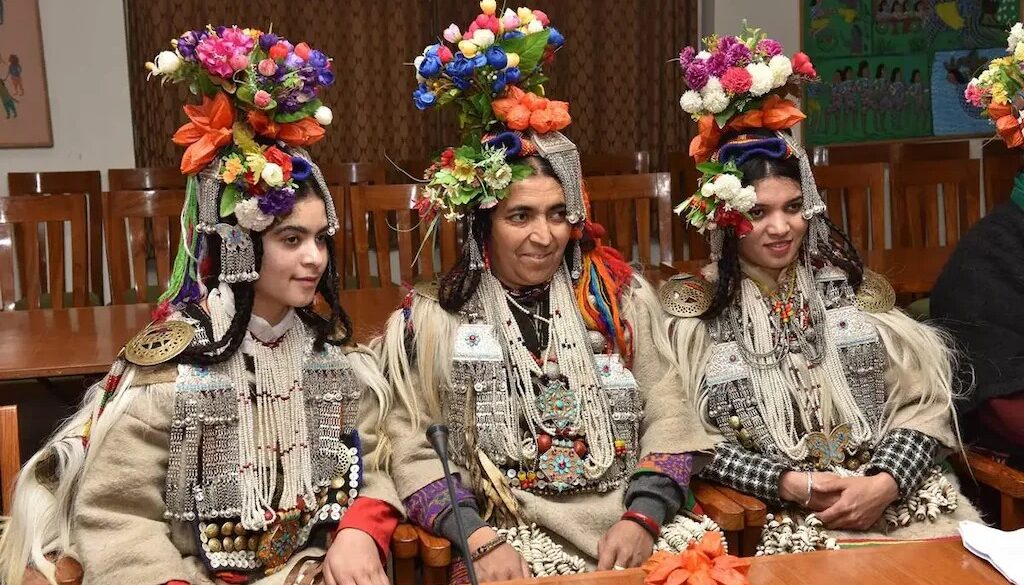A Cultural and Adventure Guide to Ladakh
Table of Contents
- Introduction
- Homestays: Living with Ladakhi Families
- Unique Ladakhi Architecture
- Ladakhi Lifestyle: Adapting to the Cold
- Savoring Ladakhi Food
- Places to Visit in Ladakh: Experience Diverse Communities
- Leh Ladakh Festivals: A Celebration of Life
- Best Times to Visit Leh Ladakh
- Planning Your Leh Ladakh Trip
Discover Ladakh: A Travel Guide to Timeless Culture in the Himalayas
Ladakh, a remote gem in the Indian Himalayas, feels like a land where time stands still. Surrounded by towering peaks, its breathtaking landscapes and age-old cultural traditions create a perfect blend of serenity and adventure. Life here is defined by the rugged mountains, providing travelers with a unique blend of tranquility and adventure in a stunning natural landscape.
Whether you’re seeking adventure or moments of serenity, Leh Ladakh’s hospitality and rich heritage will captivate your heart and soul, creating experiences, unlike any other. Take a journey back in time with this comprehensive Ladakh Travel Guide.
Homestays: Living with Ladakhi Families
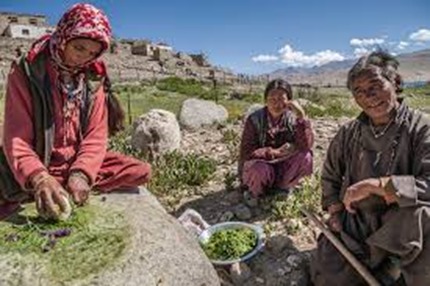
- It’s an opportunity to experience firsthand how Ladakhis navigate life in this remote region. You'll be welcomed into traditional homes, often built from stone and mud bricks, blending with the rugged landscape.
- Daily routines revolve around family, agriculture, and spirituality. You may find families working in their small home gardens, growing barley, potatoes, and vegetables that sustain them throughout the year. These gardens are essential, as they provide both food and a connection to the land.
- Stories from hosts often recount how early Ladakh was simpler, untouched by modernity, where people relied on yak herding, trading along the Silk Route, and seasonal agriculture. Today, while some modern conveniences have emerged, the essence of Ladakhi life remains deeply rooted in self-sufficiency and community spirit.
Unique Ladakhi Architecture
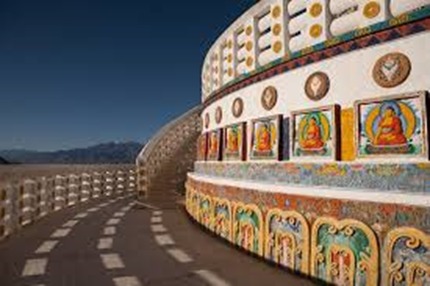
- Ladakhi architecture is distinct from the rest of India, characterized by flat-roofed homes designed to withstand harsh winters.
- Monasteries, or gonpas, sit perched on hilltops, their whitewashed walls gleaming against the backdrop of the barren landscape. The Alchi Monastery, dating back to the 10th century, stands out with its exquisite murals, wooden carvings, and vibrant paintings that depict the life of Buddha.
- In contrast, Leh’s central mosque represents the Islamic influence, with its domes and minarets offering a unique architectural style that reflects the region’s cultural diversity.
Ladakhi Lifestyle: Adapting to the Cold
- With temperatures plummeting to well below freezing in winter, locals have mastered the art of staying warm. Homes are built with thick walls, and many use traditional bukhari stoves, fueled by wood or dung, to keep the interiors warm.
- The community gathers indoors during the coldest months, while summers are spent working in the fields and preparing for the long winter. Despite the challenges, there's a palpable sense of resilience and joy in Ladakhi life.
Savoring Ladakhi Food
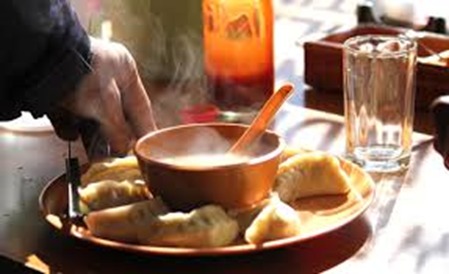
- In homestays, you’ll experience authentic meals, from the hearty Thukpa (noodle soup) to Momos (dumplings), often paired with the region's signature butter tea.
- The Leh market is the hub for local cuisine, where street vendors offer Chhutagi (wheat flour dumplings) and Skyu (a traditional soup). These simple yet flavorful dishes reflect the scarcity of resources and the Ladakhi tradition of making the most out of local ingredients.
- For those seeking a more curated experience, premium dining options bring together local farm-to-table ingredients, allowing you to customize dishes that marry tradition with your personal palate.
Places to Visit in Ladakh: Experience Diverse Communities
Ladakh is home to a rich tapestry of cultures and communities. As you explore the region, you’ll discover the harmonious coexistence of Buddhism, Islam, Balti heritage, and Aryan tribes, each offering a unique window into their way of life.
Ladakh is dotted with monasteries, each with its own story. Monastery hopping is an experience in itself with each monastery holding its own history, sacred artifacts, and unique rituals.
Buddhism and Monasteries
The Alchi Monastery, a UNESCO World Heritage Site, is a must-visit for its architectural and spiritual significance, offering a glimpse into ancient Buddhist practices. The fusion of Buddhist and Hindu arts in wall paintings from the 10th century is breathtaking.

Islamic Influence
Leh is home to a vibrant Islamic community, with the mosque in the city center standing as a testament to the harmonious coexistence of Buddhism and Islam. These communities, originating from Kashmir, bring with them unique traditions, including Kashmiri cuisine, which can be enjoyed in local restaurants.
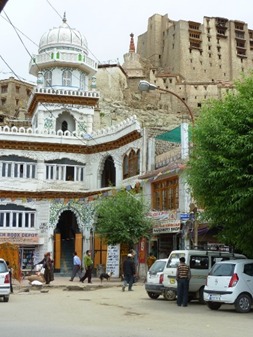
The Balti People of Turtuk
Turtuk on the India-Pakistan border offers a peek into Balti culture. Here, the influence of Baltistan is evident in the architecture and cuisine, with traditional houses and Balti dishes served in local homestays or at the Balti Museum.
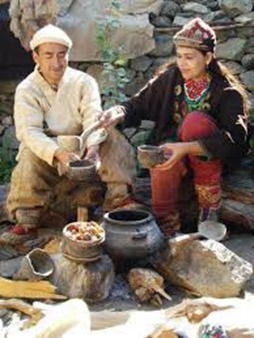
The Aryan Tribes
The Aryan villages are perhaps the most mysterious communities in Ladakh. The Aryans, believed to be descendants of Alexander the Great’s army, are known for their distinct features, colorful clothing, and elaborate headdresses. Visiting these villages feels like stepping into a different time, where ancient customs are still revered.
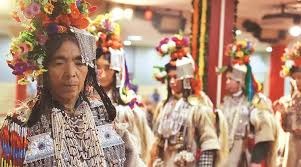
Leh Ladakh Festivals: A Celebration of Life
Hemis Festival, celebrated at the Hemis Monastery in June, is one of the largest, featuring masked dances, music, and rituals.
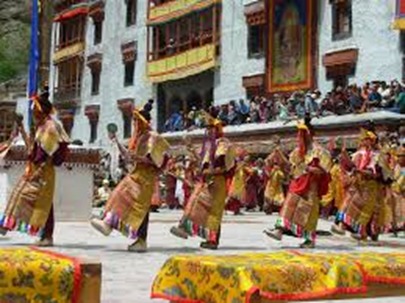
Losar, the Ladakhi New Year, is marked by elaborate ceremonies and feasts in December or January, bringing warmth and joy to the coldest months. It is filled with rituals, offerings, and family gatherings, symbolizing a fresh start.
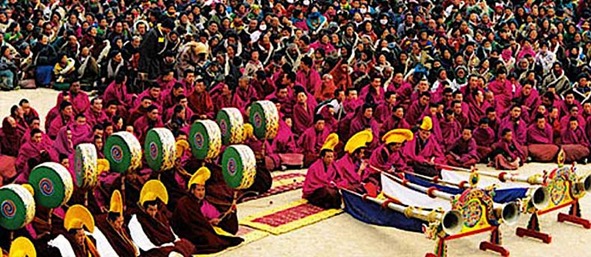
Dosmoche, held in February in Leh, is a festival of purification and protection, where monks perform rituals to ward off evil spirits.
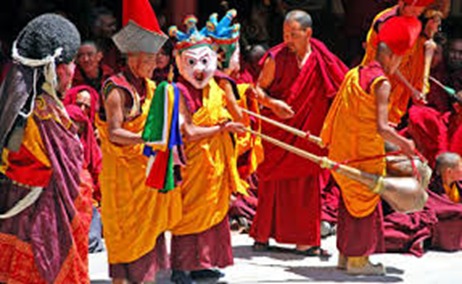
Phyang Tsedup Festival: Celebrated with vibrant Cham dances to commemorate the birth of the Buddha. It typically takes place in early June each year. Monks from the Phyang Monastery perform intricate masked dances, and there are prayer ceremonies, offerings, and a festive atmosphere.
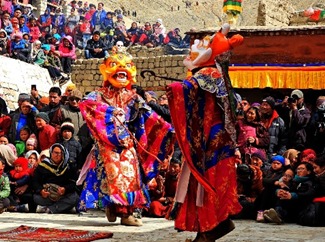
Sindhu Darshan Festival: Held along the sacred Indus River, promoting unity and peace through cultural performances and communal prayers.
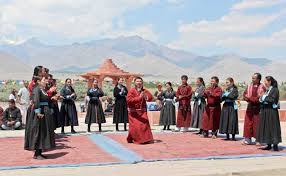
Best Times to Visit Leh Ladakh
- Spring (March-May): Enjoy pleasant weather and stunning wildflowers.
- Summer (June-August): This is the peak tourist season with access to most attractions. The weather is warm, and the skies are clear, making it ideal for trekking and cultural tours.
- Autumn (September-October): For a peaceful experience with fewer crowds and stunning autumn colors. Comfortable temperatures.
- Winter (November-February): Experience a serene and snow-covered Ladakh, ideal for winter sports and a peaceful escape. Get a unique experience of the Chadar Trek, where you walk on a frozen river.
Planning Your Leh Ladakh Trip
Discover the perfect Ladakh trip package. From the homestays that offer an authentic experience to the monasteries and mosques that reflect a deep cultural heritage, every aspect of Ladakh is an invitation to explore, learn, and connect. Whether you’re trekking through the Aryan villages or savoring the rich flavors of Balti cuisine, Ladakh promises an unforgettable journey through the heart of the Himalayas.
Explore our curated Leh Ladakh tour packages to find the perfect travel plan for you.

